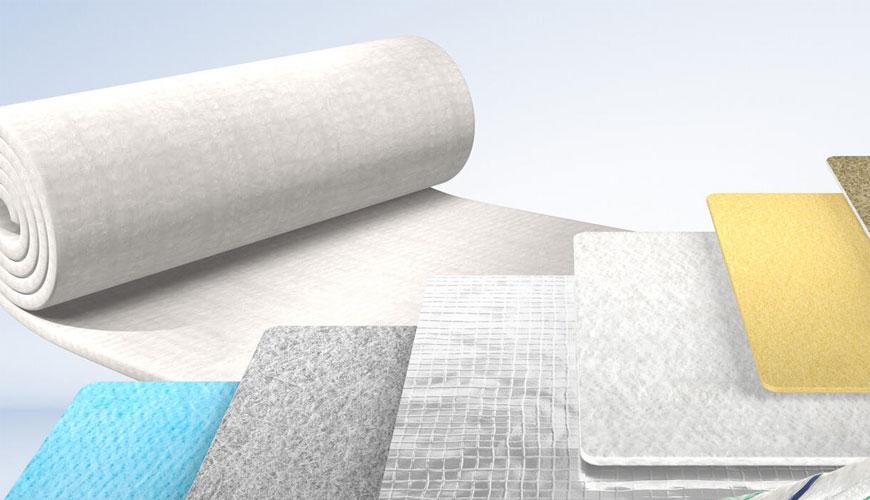Thermal insulation is any material that reduces heat transfer between objects in thermal contact or in range of radiative influence. Thermal insulation provides thermal resistance to heat flow in building components like walls, floors, pipes and heating ducts. Some common thermal insulation materials are fiberglass, foam boards, mineral wool and cellular plastics which help in improving the energy efficiency of buildings and industrial applications.
Fiberglass Insulation
One of the widely used thermal insulation material is fiberglass which is made from tiny glass fibers. Fiberglass insulation usually comes in the form of pink rolls or batts which is easy to install between walls, attics and floors. It is durable, low cost and provides good insulation value for its thickness. However, fiberglass can be itchy during installation and also releases tiny glass fibers if damaged over time. Proper protective clothing is recommended while handling fiberglass insulation.
Foam Board Insulation
Foam boards made of polystyrene or polyisocyanurate foam are very effective rigid Thermal Insulation Materials for walls and roofs. It comes as pink or blue rigid boards which are moisture and air resistant. Foam board insulation has high resistance to heat flow and very good insulation properties for its thickness. Some drawbacks include being brittle and breakable if not handled properly. Special care is needed while installing foam boards in windy areas.
Different thermal insulation materials offer various advantages based on their composition and form. Selecting the right insulation material depends on the application, project budget and availability. Asia Pacific dominated the thermal insulation materials market share due to the ongoing developments across China, India, Indonesia, and other Asian countries. While fiberglass, foam boards and mineral wool remain top choices, cellulose insulation provides a green alternative. Proper safety precautions are essential for installers working with any type of insulation to avoid skin and respiratory issues. Overall, improved insulation standards lead to sustainable energy savings over the lifetime of buildings and infrastructure.
Get more insights on Thermal Insulation Materials
